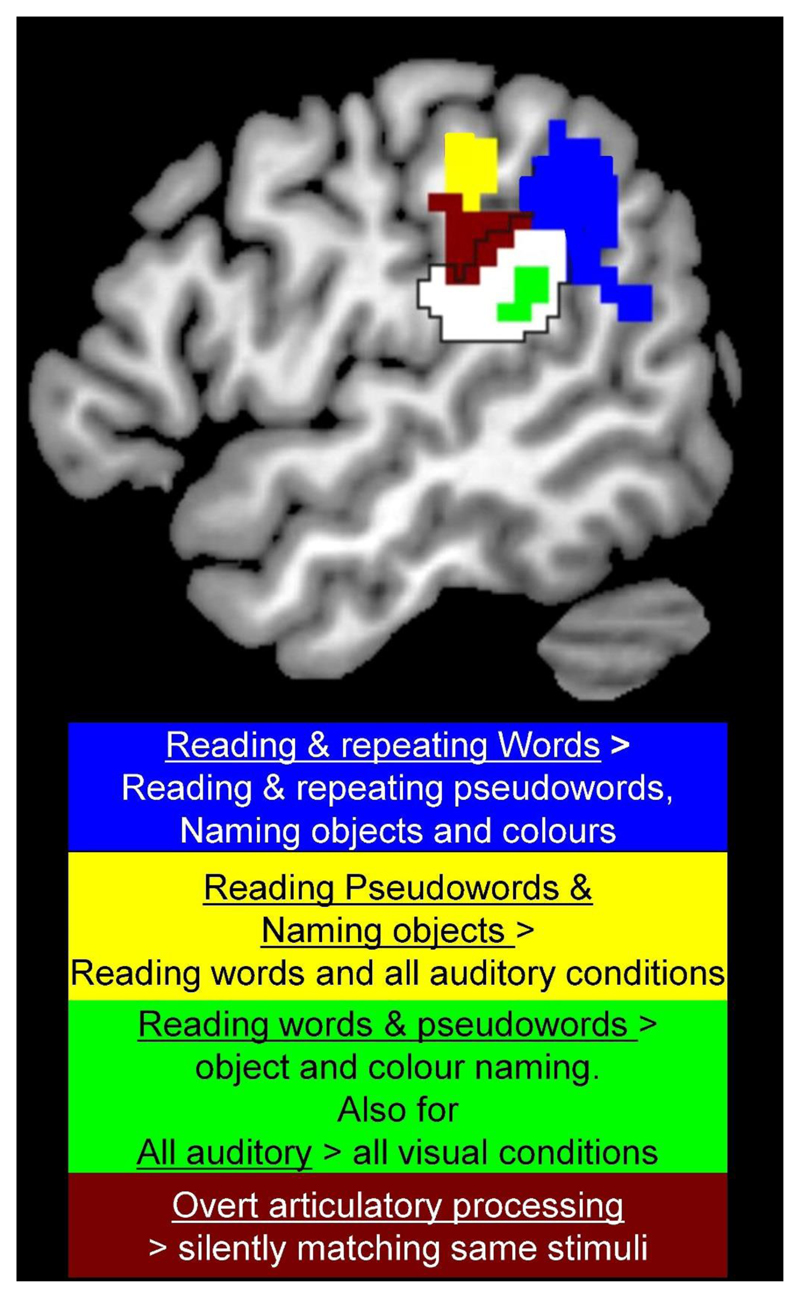Figure 5. Four different reading responses in the left supramarginal gyrus are not predicted by cognitive models.
The blue region was more activated for reading and repeating words than naming objects (from pictures or sounds), reading/repeating pseudowords and colour/gender naming. Activation is therefore highest when phonology can be generated from both lexical and sublexical phonological information. This was not expected from the cognitive models shown in Figure 3. The yellow region was more activated by reading pseudowords and naming objects than reading words or any of the other conditions. This cannot be explained by any the cognitive processes in Figure 3 (see Oberhuber et al., 2017). The green area was more activated for reading words and pseudowords than naming objects or colours. This would be consistent with “the mapping of orthography to phonology”, except that the same region was more activated by all auditory stimuli than all visual stimuli, even when stimuli and tasks did not involve speech processing. The brown area was activated during speech production compared to one-back matching on the same stimuli. Activation was also higher for producing different object names on every trial compared to naming a limited number of colours repeatedly. Its response was therefore consistent with overt speech articulation. The white area within the black border shows other parts of the supramarginal gyrus as defined anatomically according to the IBASPM software in SPM 12. Data and explanations are from Oberhuber et al., (2017).

